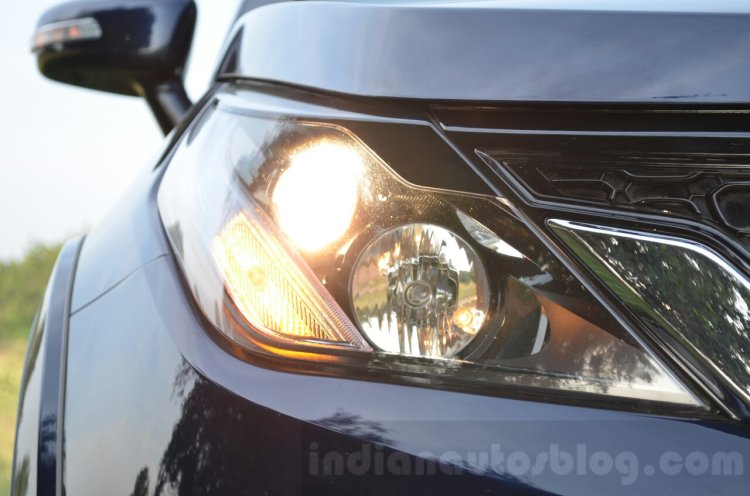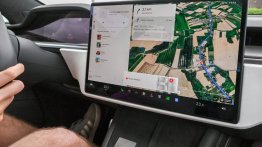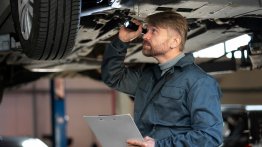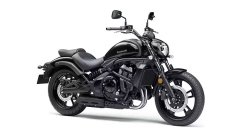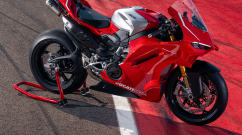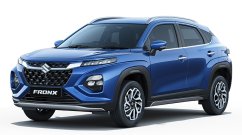While driving a car is not rocket science, one needs to be careful behind the wheel to ensure the safety of the occupants and all other road users. There are some terrible habits seen in many Indian drivers. Here is a list of 12 of them that need to be broken -
12 BAD habits that an average Indian driver is guilty of
Riding the clutch
The majority of Indian cars are equipped with a manual transmission. While manual cars are not only more affordable to buy and maintain, they are preferred by driving enthusiasts. That said, an important thing that one needs to keep in mind when using MT models is to avoid riding the clutch. Controlling the car through the clutch while feathering the throttle will lead to faster wear and tear of the clutch plates, pressure plates and the clutch cable. Also, avoid placing your foot on the clutch during driving. Moreover, one should utilise the handbrake and shouldn't rely solely on the clutch during the uphill starts.
Coasting Downhill
To save a small quantity of fuel, some drivers often turn off the engine while travelling downhill. This is a horribly bad idea as cars come equipped with power brakes and power steering, both of which stop working as soon as the ignition is killed. Moreover, switching off the engine robs you of the ability to suddenly accelerate in case the need arises. Hence, never switch off the engine when going downhill. The little fuel that you might save by doing so is entirely not worth the risk.
Also Read - 10 things you need to know about the AMT (Automated Manual Transmission)
Left-foot braking in an AT model
This is applicable on all those who switch from a manual transmission-equipped car to an AT model. Since one uses his left foot to depress the clutch in an MT model, one common mistake that one might commit when switching to an automatic car is to use the left foot for braking. So, always make sure to avoid this when shifting to an automatic transmission-equipped vehicle. It's best to leave the left foot rested on the dead pedal and use the right foot for both accelerating and braking requirements.
Wrong side driving
Driving on the wrong side of the road isn't just illegal but also very dangerous. More often than not, drivers decide to travel against the traffic flow to avoid driving a few metres more for the U-turn, but in a bid to save a few milliliters of fuel, they end up putting their lives along with those of other road users at risk.
Folded rear view mirrors
Among the typical bad habits of many drivers is to keep the Outside Rear View Mirrors (ORVMs) folded at all times. While it's true that the ORVMs of many cars are expensive, especially if they feature motorised adjustments for the mirror and electric-folding feature, keeping them folded and putting yourself and your vehicle at the risk of crashing can turn out to be much costlier. The ORVMs should be used at all cost, without caring about the traffic congestion on the road.
Ignoring Traffic Signals
Traffic signals are put up for a reason, but many drivers ignore them on finding the junctions empty with no cop in sight. Many road users jump these signals to get to their destinations faster. While ignoring a traffic signal can help you save a few seconds of travel, it puts you at the risk of crashing. One should be mindful of the traffic lights and continue driving only when he has the right of way.
Also Read - Here are 10 effective methods to increase your car's tyre life
High beam
The high beam should be used only when driving on dark streets with no oncoming traffic. Using the high beam unnecessarily blinds the vehicles travelling in the opposite direction, which increases the chance of a head-on collision.
Tailgating
Tailgating is the bad habit of driving too close to the vehicle in front. While many drivers have a tendency to always drive too close to the car ahead, some stick close to the car or motorcycle ahead of them to pressurise the driver to allow to be overtaken. Regardless of the category that you fall in, this is a dangerous act that can lead to a crash. It's in the best interest of all road users to maintain a safe distance from the vehicle driving in front of you.
Excessive Honking
This is another poor driving habit that Indian drivers are guilty of. Excessive honking on a busy street won't help you clear the way ahead. If anything, it will irritate road users, and in the worst case scenario, they might end up picking a fight with you. Also, one should avoid honking when driving through silence zones like the streets around a hospital and even the residential areas.
Lack of lane discipline
One of the most dangerous bad habits of many Indian road users is that they don't observe the lane discipline. On a highway, the rightmost lane or the 'fast lane' should be used only while overtaking. Moreover, one should avoid driving between two lanes, which is a dangerous practice that causes inconvenience to the road users travelling behind you. Furthermore, always use traffic indicators when switching lanes as a sudden change in direction can confuse the driver of the vehicle behind you.
Also Read - 12 overhyped car features that Indian buyers can safely ignore
Incorrect Usage of Hazard Lamps
Indian drivers seem to love using the hazard lights. The only scenario that warrants the usage of this feature is when you have stopped on the road and are blocking the way of other vehicles. In such cases, these lights can be used to warn other road users about your position on the road. Switching on the hazard lights when passing through a tunnel or when driving in the rain can do more harm than good as it might confuse other road users.
Using Cellphones While Driving
This is among the most common bad habits of most Indian drivers. Using the cellphone when driving limits your concentration, and hence, you might end up crashing. While it's understandable that one might need to attend an urgent call while on the road, it's in the best interest of everyone to pull over and resume driving once the telephonic conversation has ended.



